How to Trailer a Horse
Part 1 of 5:
Preparing the Trailer
-
 Park the trailer. It should be in a level area with good footing for the horse, and with enough space for you to easily access all the doors.
Park the trailer. It should be in a level area with good footing for the horse, and with enough space for you to easily access all the doors. -
 Perform a safety check. Before loading the horse, be sure the trailer and tow vehicle are in perfect order.[1]
Perform a safety check. Before loading the horse, be sure the trailer and tow vehicle are in perfect order.[1]- Check for broken rivets or screws or any other sharp metal edges.
- Make sure there the floor of the trailer is sound with no rotten spots a horse's foot might punch through.
- Make sure all bolts and fasteners are in good working condition.
- Replace or tape down any loose floor mats that might trip the horse.
- Check brakes and other mechanics.
- Check the hitch to make sure it is functioning properly at both the trailer and tow vehicle ends.
- Make sure all taillights and other lights are working
-
 Pack safety gear. Having the appropriate emergency gear is crucial even when hauling a short distance.
Pack safety gear. Having the appropriate emergency gear is crucial even when hauling a short distance.- Human first aid kit which should include bandages, antibiotic cream, pain reliever tablets, scissors, and sterile alcohol wipes.
- Horse first aid kit which should include gauze pads and bandages, electrolytes, leg wraps, hoof pick, Phenylbutazone paste (pain reliever), Betadine solution (antiseptic).
- Horse blanket.
- Fire extinguisher.
- Road flares and reflectors.
- Fully charged cell phone.
- CB radio if possible.
- Emergency water for you and the horse (enough for 24 hours).
-
 Cover the floor with wood shavings. Shavings help reduce shock and absorbs moisture from horse urine, helping to keep the trailer floor less slippery.
Cover the floor with wood shavings. Shavings help reduce shock and absorbs moisture from horse urine, helping to keep the trailer floor less slippery.- Use rubber mats to provide additional shock absorption, especially for long distances.[2]
- Spread shavings on top of the mats.
- Straw can also be used but it tends to become more slippery than wood shavings.[3]
-
 Load everything you need. This might include tack, feed, grooming supplies, and camping gear. While you need to have everything you need, don't over-pack as this can increase the weight of the trailer significantly making towing more difficult.
Load everything you need. This might include tack, feed, grooming supplies, and camping gear. While you need to have everything you need, don't over-pack as this can increase the weight of the trailer significantly making towing more difficult.- First aid kits for humans and horses.
- Your own clothing and toiletries.
- Extra horse blankets and leg wraps.
- Mucking items such as a pitchfork and shovel.
- Buckets and sponges.
- Saddle and other riding gear.
- Hay and other feed.
- Water (enough for 24 hours).
Part 2 of 5:
Preparing the Horse
-
 Practice loading. Horses have a strong flight instinct and often resist being loaded into a trailer.[4]
Practice loading. Horses have a strong flight instinct and often resist being loaded into a trailer.[4]- Start slowly, introducing your horse to the trailer without forcing him to get in. Walk him around and let him check out the trailer.
- Reward all positive steps towards the goal of loading including sniffing the trailer, not backing away and exhibiting curiosity. Pat or rub him and give verbal encouragement.
- Do not use force or violence as this will create a bad association for your horse and make him even more resistant to the trailer.
- It may take many tries to get your horse comfortable enough to load.
- Let him back out whenever he wants to. The goal is make him comfortable and relaxed so that he will load easily.
- When the horse loads for the first time do not shut the doors as this may panic him. Once he is completely comfortable, close the butt bar and doors.[5]
-
 Practice Unloading. You want the horse to walk out of the trailer, not bolt.
Practice Unloading. You want the horse to walk out of the trailer, not bolt.- Use patience when teaching him to back out of the trailer.
- Use verbal cues or a small tug on the tail to signal that it's time to back out.
- If he wants to rush out of the trailer, use the lead rope to slow him down.[6]
- Do not attempt to pull or push the horse.
- Do not stand behind the horse.
- Untie the horse from the trailer before releasing the butt bar or opening the back door.[7]
- When he unloads properly, reward him with praise and patting or rubbing.
-
 Know when to get help. Some horses are very resistant to being in a trailer.
Know when to get help. Some horses are very resistant to being in a trailer.- Your horse may be afraid of the trailer because of past bad experiences.
- Ask a horse professional for assistance if your horse is particularly resistant or reacts with violence (such as bolting or rearing).
- Do not lose your patience or react with violence as this will exacerbate the problem.
Part 3 of 5:
Loading the Horse
-
 Load the horse in the trailer. If you are using a side by side style trailer load the horse in the left hand stall of the trailer, as it will tow more safely if the heavy side of the trailer is in the center of the road. If you are using a slant load trailer load the horse in the front stall; the trailer will generally balance better.[8]
Load the horse in the trailer. If you are using a side by side style trailer load the horse in the left hand stall of the trailer, as it will tow more safely if the heavy side of the trailer is in the center of the road. If you are using a slant load trailer load the horse in the front stall; the trailer will generally balance better.[8]- It is safest to teach the horse to load on command. However you may need to lead him into the trailer. Ask a friend to help you guide the horse into the trailer and to observe in case of an accident.
- You may want to use shipping boots or leg wraps but these may cause sores or loss of circulation if used over a long period of time. Be sure to wrap properly to avoid injury.[9]
- Use a leather halter as it will break if there is an emergency. If you use a nylon halter make sure it is a break-away.
-
 Secure the horse with the trailer tie. Your horse should be secured in place in the trailer.[10]
Secure the horse with the trailer tie. Your horse should be secured in place in the trailer.[10]- Use a trailer tie with a quick release snap. Hook it to the tie ring on the halter and the tie ring on the trailer. Remove his lead rope so he does not become tangled in it.
- Keep the rope slack. If you tie the horse too tightly, sudden turns will jerk the horse's head around. A slack rope also makes feeding from the hay bin easier.
- You also have the option not to tie the horse in the trailer.
-
 Use the butt strap and close the doors. Whether you do or don't tie the horse, be sure to secure the butt strap and back doors of the trailer.
Use the butt strap and close the doors. Whether you do or don't tie the horse, be sure to secure the butt strap and back doors of the trailer.- Make sure all doors are closed and latched. Make sure nothing will fall on or under the horse during transport.
Part 4 of 5:
Driving
-
 Open air vents on windows and doors. Do this as needed to keep plenty of air moving through the trailer.
Open air vents on windows and doors. Do this as needed to keep plenty of air moving through the trailer.- Horses release a lot of heat and moisture as they breathe.
- Exhaust fumes and ammonia can build up in a closed trailer, causing respiratory distress for the horse.
-
 Do one last check. Places to check include doors, wheels, and the hitch. Make sure nothing is amiss and no tools, lead ropes, etc. have been left on the ground or trailer fenders, or are leaning on the trailer.
Do one last check. Places to check include doors, wheels, and the hitch. Make sure nothing is amiss and no tools, lead ropes, etc. have been left on the ground or trailer fenders, or are leaning on the trailer. -
 Drive gently! Take corners, accelerate, and stop slowly and smoothly. Remember that the horse is standing up, trying to keep its balance.
Drive gently! Take corners, accelerate, and stop slowly and smoothly. Remember that the horse is standing up, trying to keep its balance.- Practice driving the trailer before you try with a horse loaded.
- Get used to taking turns slowly and changing lanes gradually.[11]
-
 Take frequent breaks on long trips. Your horse needs time to rest and unlock its legs.[12]
Take frequent breaks on long trips. Your horse needs time to rest and unlock its legs.[12]- Stop at least every 3-4 hours.
- Do not remove the horse from the trailer.
- Park in the shade.
- Give the horse some water.
- Check for injuries and make sure the trailer is still in good condition.
Part 5 of 5:
Unloading
-
 Park again. Choose a good place, away from highways and traffic and set all brakes.[13]
Park again. Choose a good place, away from highways and traffic and set all brakes.[13]- Park on a level surface with good footing (preferably not pavement).
- Park in the shade if possible.
-
 Remove the horse from the trailer. Unloading properly is just as important as loading properly to minimize risk of injury to your horse and yourself.
Remove the horse from the trailer. Unloading properly is just as important as loading properly to minimize risk of injury to your horse and yourself.- Attach the lead rope and untie the horse from the trailer.
- Lower the ramp doors and release the butt bar.
- It is safest to teach your horse to back up on command. If you or an assistant enter the trailer to back him out, make sure to speak to him as you approach so he knows you are there.
- Back him slowly out of the trailer, making sure there are no obstructions such as the lead rope tangled around his legs.
- It may be possible to turn the horse around in a large trailer so he doesn't have to back out.
- Never stand behind the horse as he could injure you (and himself) if he decides to bolt out of the trailer.
- Once outside, tie him to the trailer or other safe space.
- Check for injuries and offer him some water.
5 ★ | 1 Vote
You should read it
May be interested
- How to Back a Trailer
 backing up a car can sometimes be a stressful experience. when you have something attached to your car, it gets even more nerve wracking. however, backing (reversing) a trailer is relatively simple, especially with a little practice. as...
backing up a car can sometimes be a stressful experience. when you have something attached to your car, it gets even more nerve wracking. however, backing (reversing) a trailer is relatively simple, especially with a little practice. as... - How to Build Trailers
 a trailer is a type of cart that hitches to the back of a vehicle and is used to transport large items like furniture, lumber, landscaping equipment, and more. there are many trailer types, but a common dimension for everyday needs is by ....
a trailer is a type of cart that hitches to the back of a vehicle and is used to transport large items like furniture, lumber, landscaping equipment, and more. there are many trailer types, but a common dimension for everyday needs is by .... - How to Build a Bicycle Cargo Trailer
 if you love using your bicycle to get around, but find it difficult to carry everything you need with you, you might want a cargo trailer to haul more stuff. build a simple, inexpensive cargo trailer to attach to your bicycle with a few...
if you love using your bicycle to get around, but find it difficult to carry everything you need with you, you might want a cargo trailer to haul more stuff. build a simple, inexpensive cargo trailer to attach to your bicycle with a few... - How to Build a Utility Trailer
 utility trailers are handy for a variety of applications, from hauling your tools to the job, or your gear to the gig. whether you're planning on building a trailer for your business, or just need one occasionally for the family camping...
utility trailers are handy for a variety of applications, from hauling your tools to the job, or your gear to the gig. whether you're planning on building a trailer for your business, or just need one occasionally for the family camping... - How to Replace Bearings on a Trailer
 your trailer's wheel bearings are parts located inside the wheel hubs that help them spin fast with as little friction as possible. it's essential to keep them in good shape to keep your trailer functioning safely. if you notice your...
your trailer's wheel bearings are parts located inside the wheel hubs that help them spin fast with as little friction as possible. it's essential to keep them in good shape to keep your trailer functioning safely. if you notice your... - How to Load a Trailer
 trailers make it easy to transport items from place to place. loading and connecting a trailer the right way can be a somewhat complicated process, but it's vital in order to guarantee safe, efficient travel. before you begin placing items...
trailers make it easy to transport items from place to place. loading and connecting a trailer the right way can be a somewhat complicated process, but it's vital in order to guarantee safe, efficient travel. before you begin placing items... - How to Register a Utility Trailer
 when you get a utility trailer new or used, you usually need to register it with your area's department of motor vehicles (dmv) so it's legal to use on the road. while each area's regulations may vary, they all need required paperwork,...
when you get a utility trailer new or used, you usually need to register it with your area's department of motor vehicles (dmv) so it's legal to use on the road. while each area's regulations may vary, they all need required paperwork,... - How to Save Money on Motorcycle Trailer Rentals
 whether you're going on a trip to the desert or moving across country, you may need to rent a motorcycle trailer to tow your bike to your desired location. transporting a motorcycle can get costly, especially if you have other moving...
whether you're going on a trip to the desert or moving across country, you may need to rent a motorcycle trailer to tow your bike to your desired location. transporting a motorcycle can get costly, especially if you have other moving... - How to Select a Trailer Hitch
 here's a great guide for selecting a trailer hitch. your vehicle:
here's a great guide for selecting a trailer hitch. your vehicle: - What is Trojan? How to avoid Trojan horse virus
 a trojan or trojan horse is a type of malicious code or software that can take control of a user's computer remotely.
a trojan or trojan horse is a type of malicious code or software that can take control of a user's computer remotely.
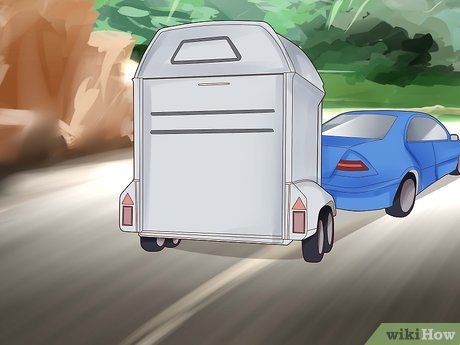
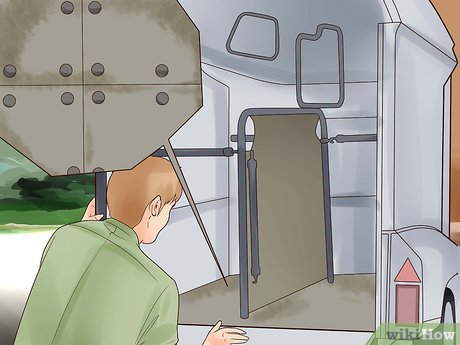
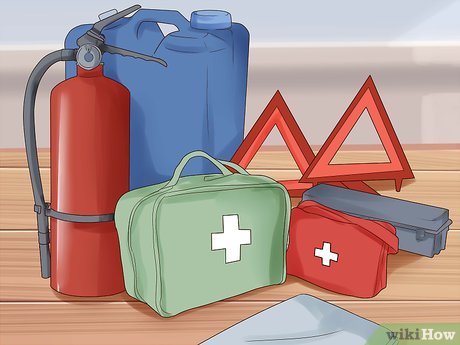
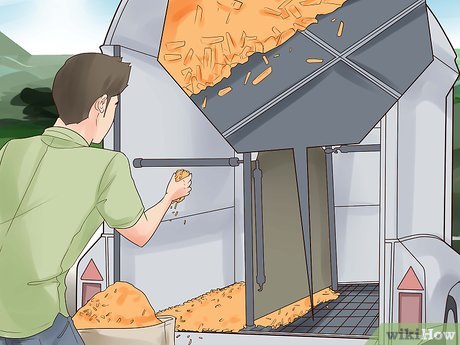

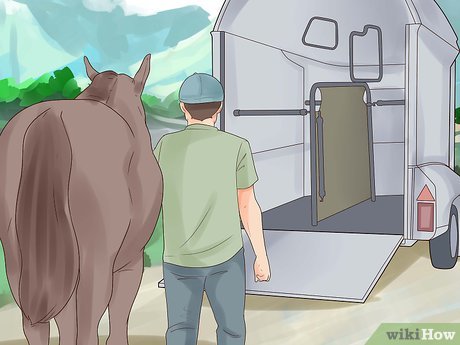
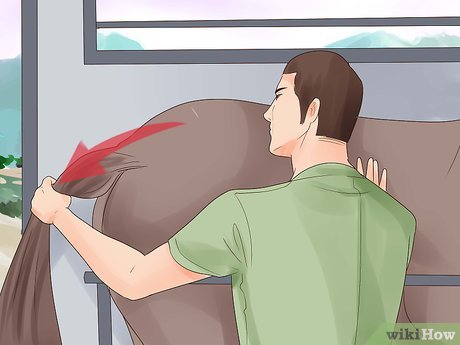
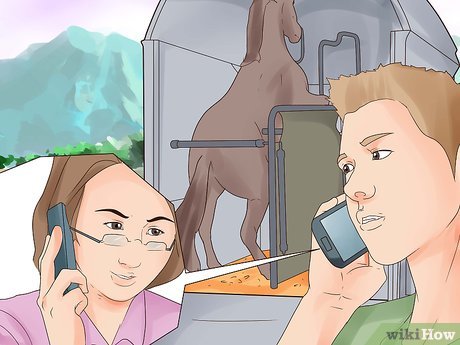
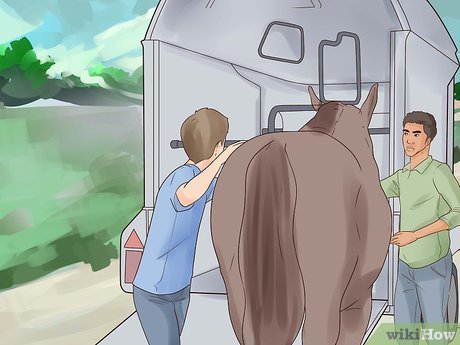
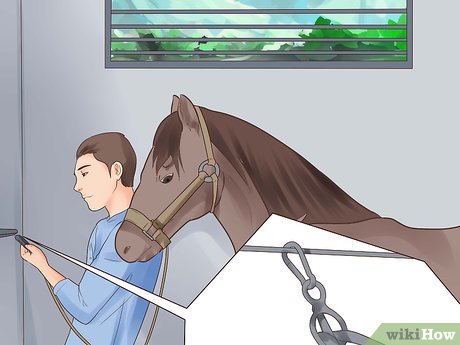
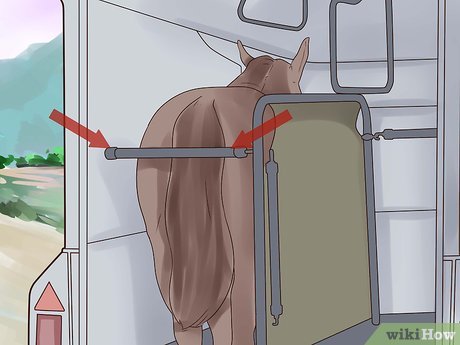
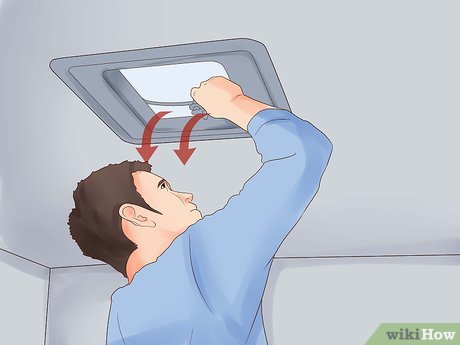
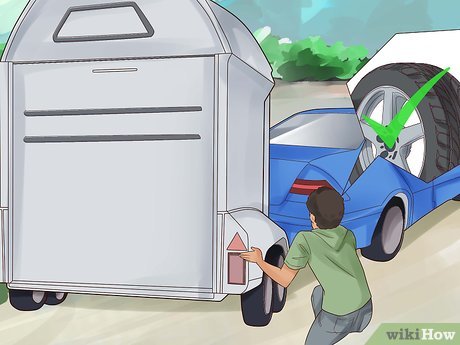
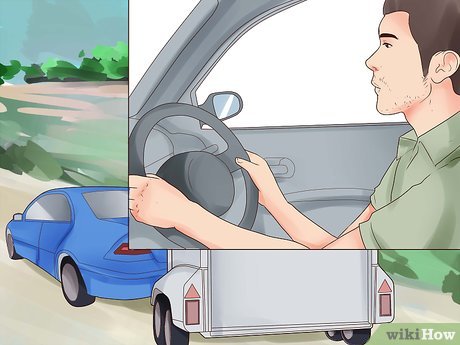
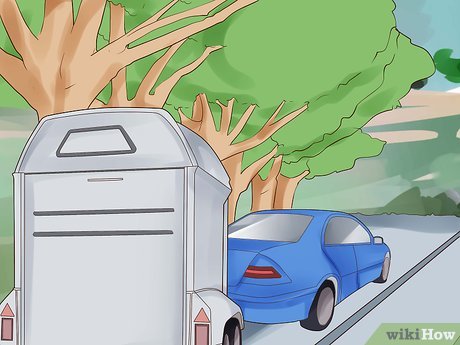
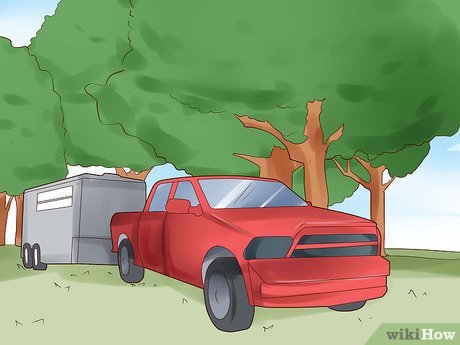
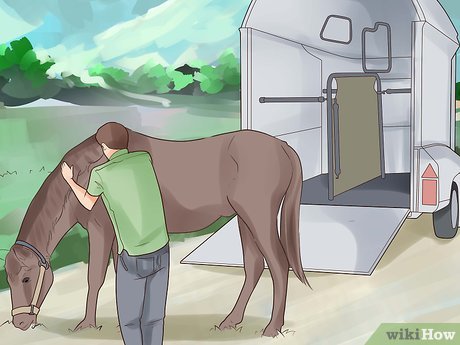










 How to Sell a Trailer
How to Sell a Trailer How to Hook Up a Tow Dolly and Lights to a Car
How to Hook Up a Tow Dolly and Lights to a Car How to Avoid Jackknifing
How to Avoid Jackknifing How to Test Trailer Lights
How to Test Trailer Lights